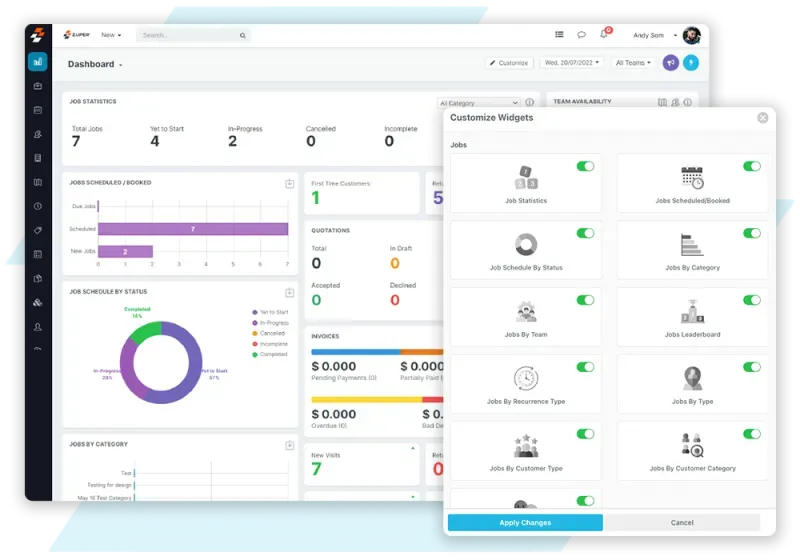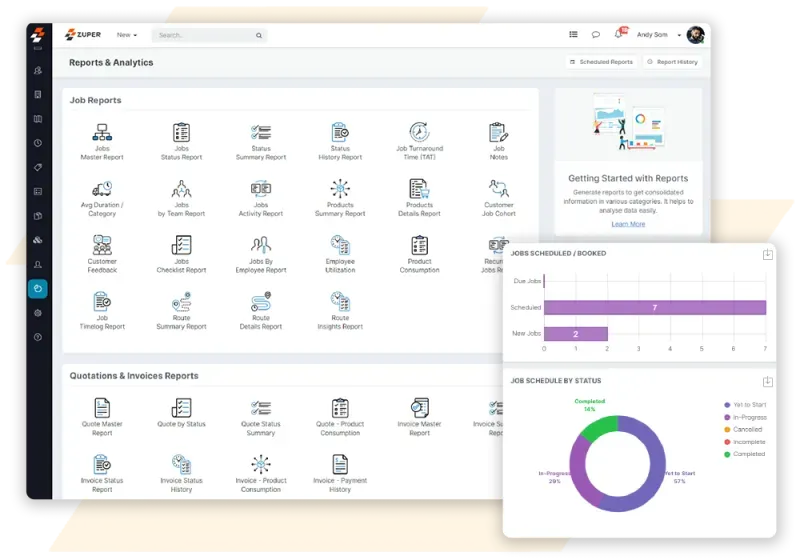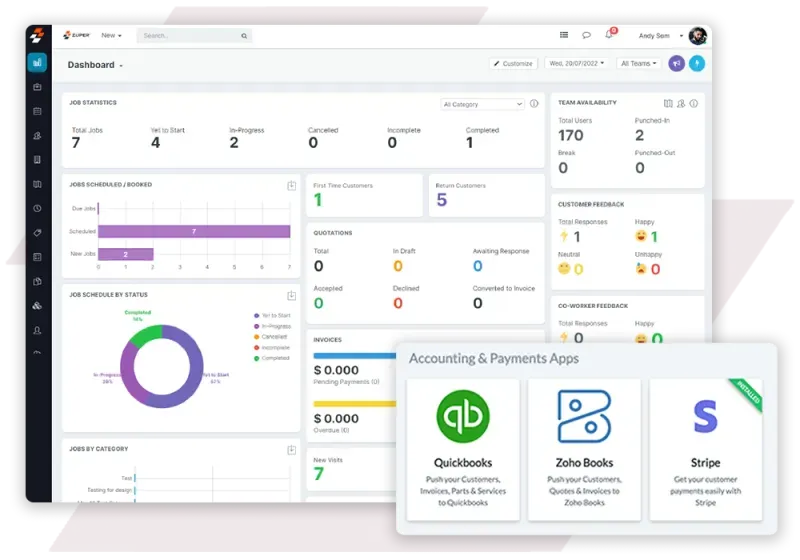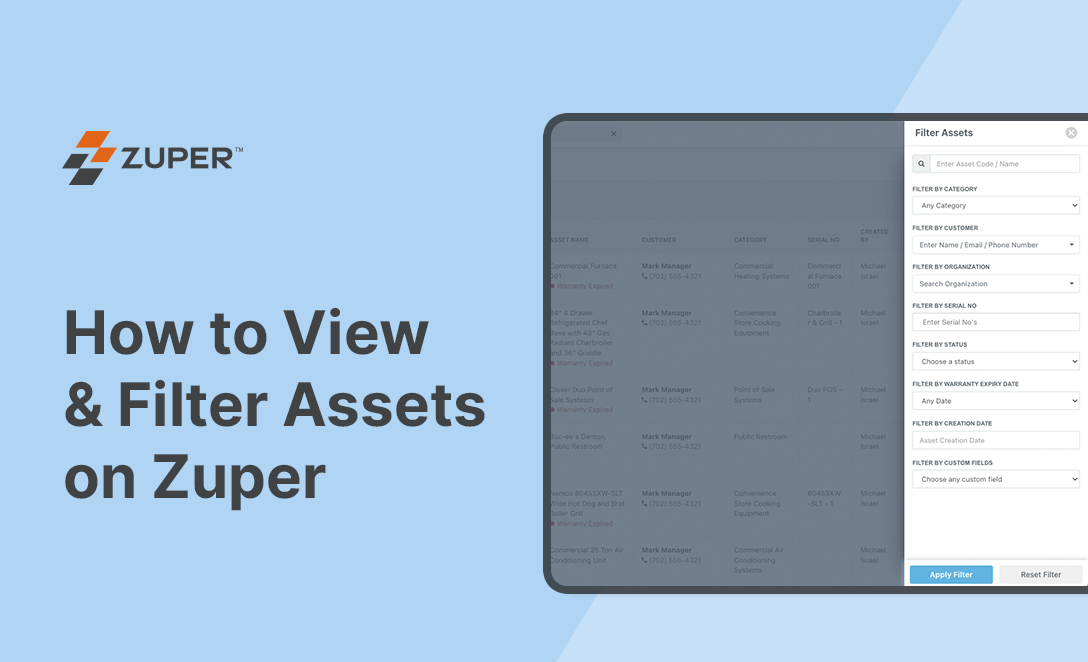Not too many years ago, field service was considered a cost center, kind of a necessary evil, if you will.
Learn More...
Zuper Secures Series B Funding and Poised for Exponential Growth in 2024 Read more
Join us for our Weekly Live Demo, Every Thursday @ 3:00 PM ET













